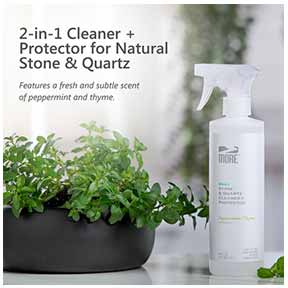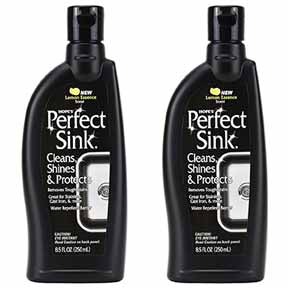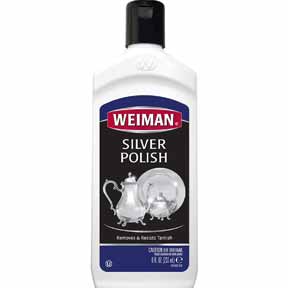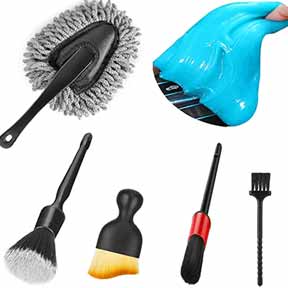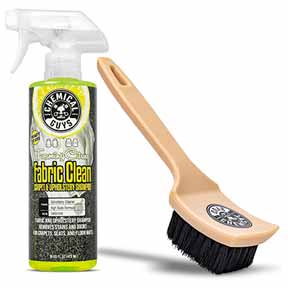How to Clean Cast Iron
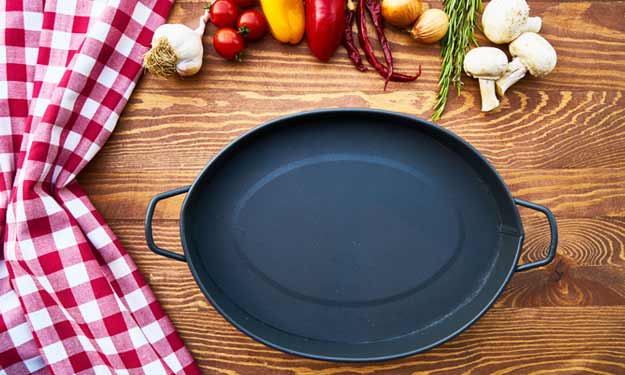
Cast Iron Cookware is Incredibly Durable and Can Last Years When Properly Cared For.
Cleaning, Seasoning and Caring for Cast Iron
Are you one of the lucky ones who have been passed down the well seasoned cast iron pan from Grandma, to Mom, to you? If you are – that’s great! Because cast iron is one of things in your kitchen supply of pots and pans that will only get better with age – and – they are durable so it’s good to know how to clean cast iron. Many chefs are using cast iron to prepare the foods they cook, and some have even suggested buying an old one from a flea market instead of buying new. Whether you are new or old to the world of cast iron, we can turn to grandma’s tips when it comes to cleaning cast iron so we continue to get the best tasting meals possible.Why Cast Iron is Nonstick
New cast iron is bare metal and it will rust with a drop of water. It is also anything but non-stick in its original state. Cast iron is “cured” or “seasoned” with oil and will become a naturally non-stick item when it has been done properly. Seasoning cast iron is done by applying fat or oil into the cast iron skillet and heating it in the oven. Unsaturated fats like lard or Crisco work best, but any oil will work. When the oil is heated, it breaks down and oxidizes. The oil polymerizes, that is, oil mixes with the iron and hardens and the surface becomes a plasticlike coating. This creates a very tough surface that is impermeable to water. It covers all the pores, pits and surface area of the cast iron and makes it water resistant and nonstick.How to Season and Create a NonStick Surface
Turn on the fan and ventilate the kitchen well as the oil from the pan may smoke a bit during this process.- Preheat your oven to 400-500 degrees.
- Wipe all sides of the skillet with a very thin layer Crisco or other type of lard.
- Bake for an hour or more until the pan stops smoking.
- Remove from oven and wipe excess oil from skillet.
- Cook something fatty; like bacon, in your pan (this helps the seasoning take hold, doing this will also create a protective coating).
Avoid Soapy Water at All Cost
If there is one thing Grandma insisted that you not do when cleaning a cast iron skillet was to use soapy water. Soaking in water will cause the iron to rust, and soap will strip the oil/polymer seasoning right off the skillet.Regular Cleaning
Rinse in hot water and run a sponge over the surface or, if grimy, boil hot water in the skillet to loosen food stuffs – rinse and wipe away any residue with a paper towel. Apply a very thin layer of oil over skillet. How easy is that? Let me just point out, you do not want to put your skillet in the dishwasher either!Cleaning an Older Cast Iron Skillet
While Grandma’s first cleaning suggestion works great on well-maintained cast iron skillets, cleaning up an old one from a flea market or swap meet may take a bit more work and elbow grease.Loosening Caked On Dirt
When learning how to clean residue on an older cast iron skillet, you first start by loosening the caked on grime. Be careful though, no abrasive cleaners. Instead try these useful tips:- Use a soft wooden or plastic spoon to scrape hard packed food residue and dirt.
- Pour 1 cup of rock salt in the skillet and heat the pan on low. Put on some oven mitts and scour the pan with the rock salt using a piece of paper towel or a rag. This will help to loosen bits of caked on food. Be careful not to burn yourself.
Wipe Your Skillet Clean
Once you have loosened all of that old dirt and grime, wipe your cast iron skillet clean. Use a soft scrubber, rag or dry paper towel. Never use steel wool or Brillo! Once you have used the tips already discussed, all of that old dirt should simply wipe away.Re-Season and Start Using the Skillet
After you have cleaned your skillet, it’s time to get it nice and seasoned again so you can use it! Follow the instructions above for Seasoning Your Skillet. Keeping a cast iron skillet clean isn’t very hard; especially if you follow the cleaning tips provided here. The key to keeping even the oldest skillet in great shape is to not over clean and to never use any type of soap or soak it in water.Car and Household Cleaners
